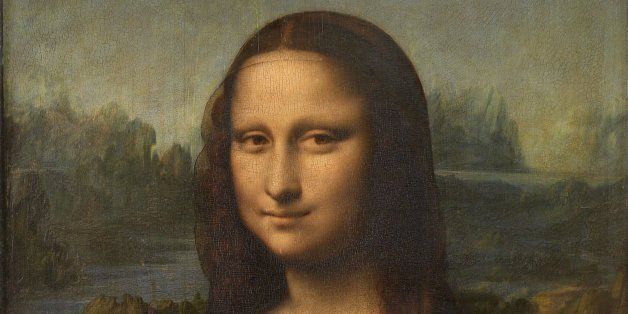
Jonathon Keats is the author of Forged: Why Fakes are the Great Art of Our Age ($19.95, OUP)
"Utterly rotten." Those were the words with which Tom Keating described the art world that he failed to impress as an artist, and subsequently humiliated as a forger, passing off fake Gainsboroughs and Renoirs to gullible collectors and curators who declined to acquire paintings bearing his own signature. To buttress his case, Keating embellished his counterfeits with anachronistic details, ensuring that people would eventually realize they'd been duped.
Keating's story, which played out primarily in England in the 1960s and '70s, can be read as a typical tale of vengeance, and his popularity following his capture -- including his own TV program on Channel 4 in the UK -- can be seen as a standard case of underdog allure. Keating deserves more credit. A closer look at his work and its impact reveals a challenge to tradition more subtle, and probably more potent, than the majority of Dada and Pop Art. In a stroke, Keating's paintings called into question sanctified notions ranging from the authority of connoisseurship to the importance of authorship to the cult of originality. And they did so with a directness that was accessible not only to insiders, but to everybody.
Keating is far from the only forger whose work is as worthy of serious consideration as the art of acknowledged masters. Han van Meegeren invented a whole period in the career of Johannes Vermeer -- making up Biblical scenes unlike anything Vermeer ever painted -- effectively hijacking Vermeer's reputation. Elmyr de Hory passed off fakes by Picasso and Modigliani by faking his own past, pretending to be a fugitive aristocrat desperate to sell his belongings. Eric Hebborn made his fakes more difficult to detect by claiming that some authentic old master drawings were his counterfeits.
In myriad ways, forgers have powerfully challenged 'legitimate' art in their own time, breaching accepted practices and upsetting the status quo. Moreover, many of the present-day cultural anxieties that are major themes in the arts -- from the ways we establish value to the reasons we trust our beliefs -- are more provocatively confronted by forgers than by the vast majority of contemporary artists. A successful forgery depends on a keen sense of our vulnerabilities. When they're exposed, forgeries reveal aspects of our character we've ignored or suppressed.
Vilified by institutions and applauded by outsiders, art forgery has been much discussed as a crime. The time has come to look at great forgeries as high art.
Here are ten 20th-century art forgers who deserve recognition as great artists: